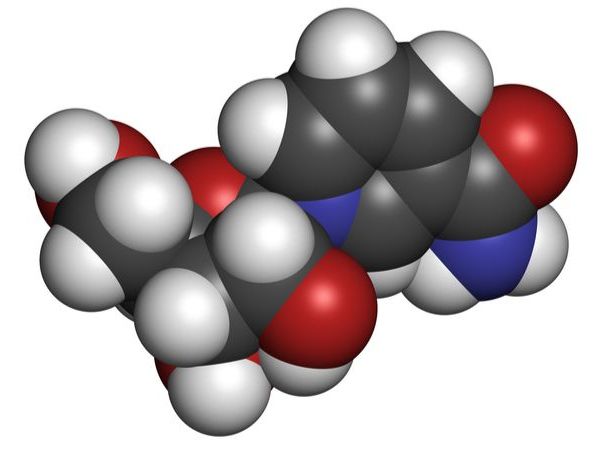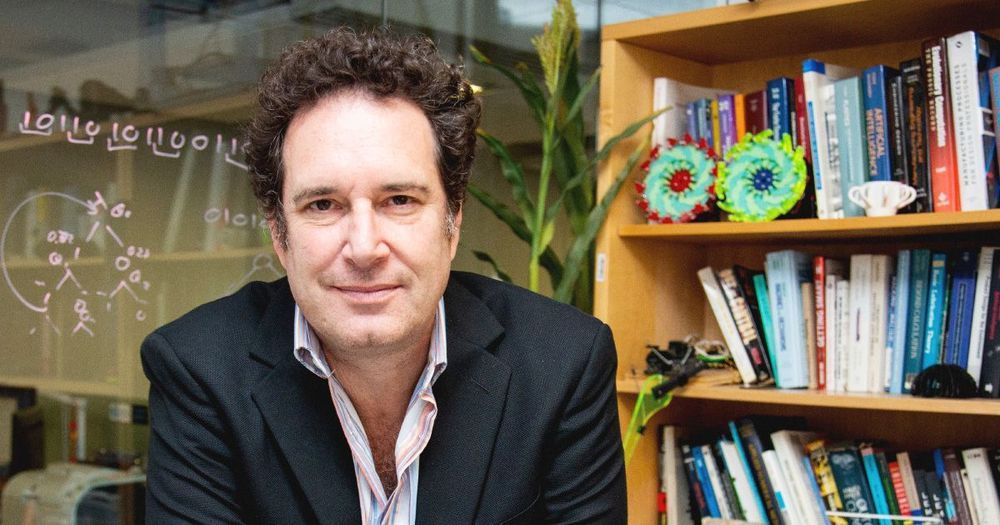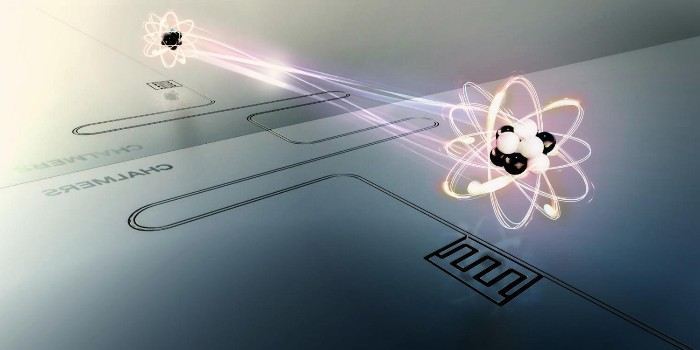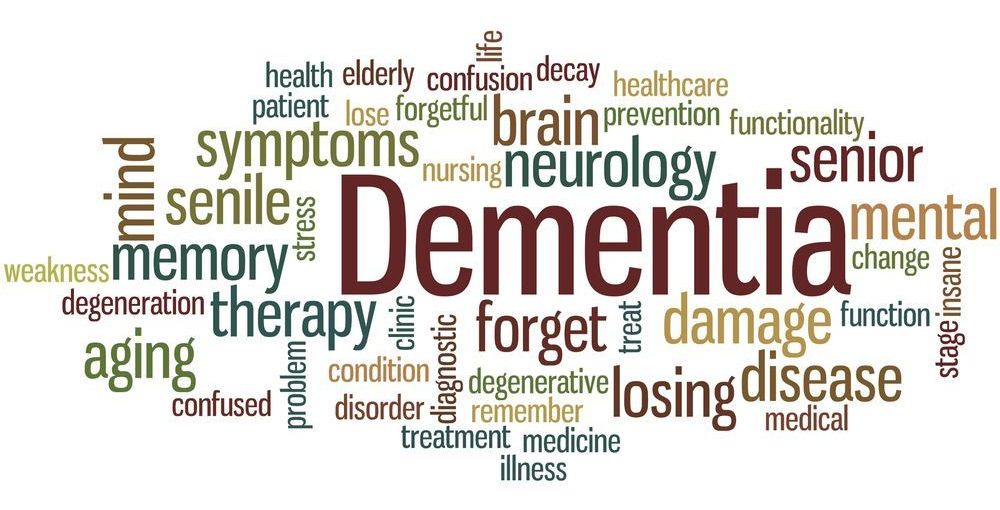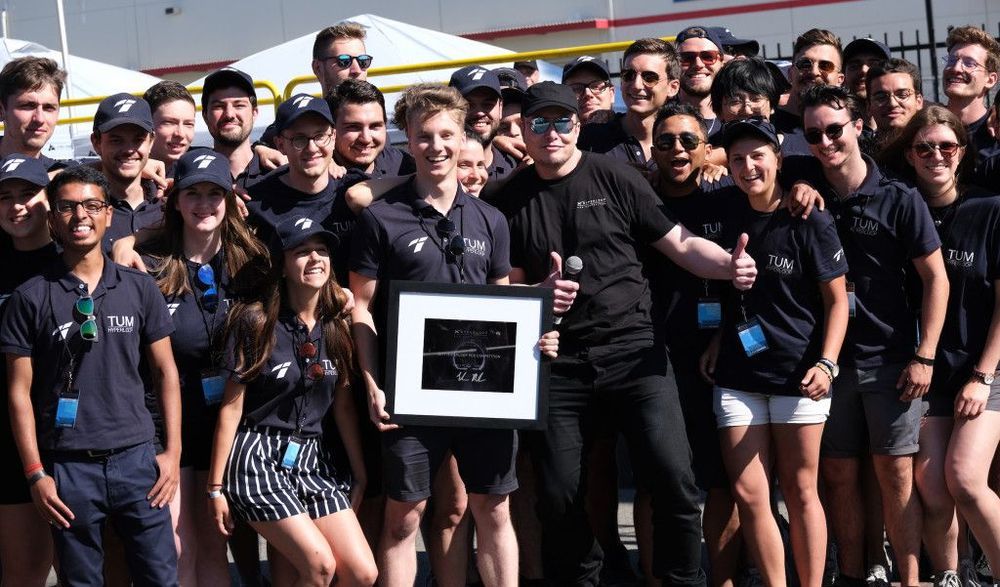Page 7592
Jul 22, 2019
Clinicial Trial of Nicotinamide Riboside Completed
Posted by Steve Hill in categories: biotech/medical, life extension
Today, we want to highlight a recent human trial of the popular supplement nicotinamide riboside, a compound that has been shown in mice to restore NAD+ levels. The compound has had impressive results against some aspects of aging in mouse studies, and there is now some more data for NR in humans [1].
What is nicotinamide riboside?
Nicotinamide adenine dinucleotide (NAD+) is a chemical that facilitates the production of energy from sugar and is present in every cell in our body. As well as being important in energy production, it is also involved in DNA repair, cellular signaling, and many other cell functions.
Jul 22, 2019
Curious About Consciousness? Ask the Self-Aware Machines
Posted by Paul Battista in category: robotics/AI
Consciousness is a famously hard problem, so Hod Lipson is starting from the basics: with self-aware robots that can help us understand how we think.
Jul 22, 2019
Quantum Darwinism, an Idea to Explain Objective Reality, Passes First Tests
Posted by Paul Battista in category: quantum physics
Three experiments have vetted quantum Darwinism, a theory that explains how quantum possibilities can give rise to objective, classical reality.
Jul 22, 2019
Blocking protein’s activity restores cognition in old mice
Posted by Paul Battista in categories: life extension, neuroscience
Brain cells called microglia serve as the brain’s garbage crew, scarfing up bits of cellular debris. But their underperformance in aging brains contributes to neurodegeneration. Now, a possible workaround?
Jul 22, 2019
The breakthrough of quantum sensors is due to vibrations that occur naturally in artificial atom
Posted by Paul Battista in categories: particle physics, quantum physics
When one atom emits light, they do so in a separate package called a photon. When this light is measured, this discrete or granular nature leads to small brightness fluctuations because two or more photons never emit simultaneously.
Jul 22, 2019
It May Be Possible To Avoid Developing Dementia
Posted by Paul Battista in categories: biotech/medical, genetics, neuroscience
Scientists from the University of Exeter believe it may be possible to avoid developing dementia, and there are 5 ways that can help to reduce the risk, findings were presented at the Alzheimer’s Association International Conference.
As published in the journal JAMA living a healthy lifestyle may help reduce the risk of dementia even if you have a genetic risk; risk of dementia in those with a higher genetic risk who followed a healthy lifestyle were found to be at 32% lower risk than those with an unhealthy lifestyle.
Data was studied from 196,383 adults of European ancestry who were 60+ years old; 1,769 cases of dementia were identified over an 8 years follow up period; those with high genetic risk and an unhealthy lifestyle were found to be almost 3 times more likely to develop dementia.
Jul 22, 2019
New Cells Discovered That May Heal Hearts
Posted by Paul Battista in category: biotech/medical
A previously unidentified cell population in the pericardial fluid found within the sac around the heart has been identified in a collaborative study at the University of Calgary which may lead to new treatments for those with injured hearts, as published in the journal Immunity.
Discovered in the pericardial fluid of a mouse with heart injury, a Gata6+ pericardial cavity macrophage cell was found to help heal injured hearts in mice; the same cells were also found within human pericardium of those with injured hearts, confirming the repair cells offer promise of a new therapy for patients with heart disease.
“The fuel that powered this study is the funding from the Heart and Stroke Foundation of Canada, the collaboration between two major research institutes at CSM (Snyder and Libin) and the important contribution of philanthropy from the Libin and Snyder families to obtain imaging equipment available to very few programs globally,” says Dr. Paul Kubes.
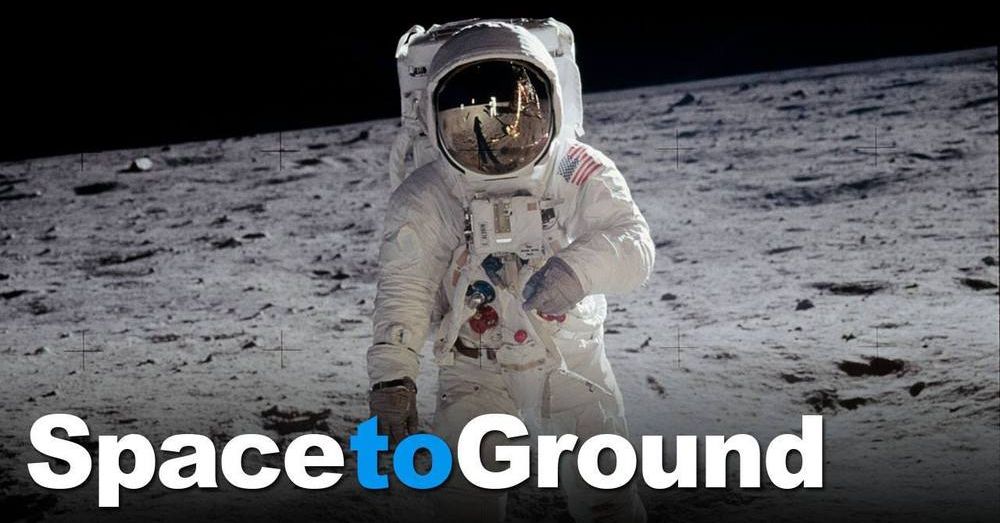
Our #Apollo50th anniversary of the Moon landing is being celebrated in a different kind of way on the International Space Station: By welcoming three new crew members on board, including NASA Astronaut Andrew Morgan. All this and more on the latest episode of NASA’s Space to Ground:
Jul 22, 2019
Team TUM wins SpaceX Hyperloop Pod Competition with record 288 mph top speed
Posted by Genevieve Klien in category: transportation
SpaceX hosted its fourth annual SpaceX Hyperloop Pod Competition finals on Sunday at the test tube it built outside its Hawthorne HQ. We were on site for the competition, and watched as Team TUM, from the Technical University of Munich, took home the win thanks to achieving the top speed overall of any team to run in the finals.
TUM (formerly known as team WARR Hyperloop in past competitions) is a repeat winner, and achieved a top speed of 288 mph in this year’s finals. That’s the fastest overall for a Hyperloop pod thus far – it beat its own record from last year of 284 mph set during the third SpaceX student run-off. It wasn’t without incident, however – near the end of its run, there was a spark and some debris appeared to fly off the craft, but it still survived the run mostly intact and satisfied SpaceX judges to qualify for the win.
TUM beat out three other finalist competitors, including Delft Hyperloop, EPFL Hyperloop, and Swissloop. Delft unfortunately had a communication error that cut their run short at just around 650 feet into the just over 3/4 mile SpaceX Hyperloop test track. EPFL managed a top speed of 148 mph and Swissloop topped out at 160 mph.

